Are you a huge fan of cold calls? What about the marketing emails – that you never signed up for – invading your inbox? TV commercials in the middle of your favorite show? Unless it’s the Super Bowl, these marketing messages tend to be frowned upon or ignored rather than delightfully consumed.
Most people that I know record TV programs solely so they can fast forward through the commercials. My TV capabilities are less sophisticated, but I typically use commercials to brush my teeth or clean the kitchen. I’m already on a “do not cold call list” with Verizon, and marketing emails are unsubscribed from more often than read. Non-remarketing display ads (i.e. the banner or sidebar ads we see when scanning websites) are clicked on an average of only 0.2%, according to Double Click. All of these methods fall under the family of “outbound marketing.”
Shockingly enough, these disruptive outbound techniques convert at a much lower rate than inbound marketing strategies, where someone chooses to engage with your brand and actively seeks you out.
Image via Moz
Inbound strategies are all about being found naturally rather than aggressively pursuing leads through in-your-face tactics. Which person do you think would be more likely to buy a house? A. The person who received a message saying “Buy this house!” or B. The person who searched for and found the perfect house on their own? We both know the clear winner, which is inbound.
“Imagine a popup ad (outbound) vs. a funny infographic you chose to look at (inbound),” says Marketo’s Johnny Cheng. “Data clearly shows that people who choose to interact with your brand naturally convert higher.” Take a look at this conversion rate data by acquisition channel – inbound strategies have one of the highest rates, at almost 4%.
Convinced that inbound marketing strategies kick ass for driving targeted leads and sales? Here are the 5 elements of a strong inbound marketing strategy, which you should be using!
#1: SEO
SEO (search engine optimization) is a hard-to-control, waste-of-time tactic, right? Wrong: SEO is the process of optimizing your website’s content and structure for search in order to receive organic placements on the search engine results pages or SERPS. Having a quality website and content optimized for SEO ensures that Google’s web-crawling technology is able to identify and index your site’s content to have it appear for free to people searching. SEO is a critical part of your inbound strategy because if you can’t be found, then you’re not going to get business.
When SEO comes to mind I think keywords, code, website structure, link-building, and then my head starts spinning. SEO can actually get very complicated, quickly, so what should you be focusing on to get started? Start by identifying and utilizing the most important keywords to your leads. Of course you want to ensure these keywords have high enough search volume and user intent to attract the most relevant audience.
“There are many aspects of SEO, from the words on your page to the way other sites link to you on the web. Sometimes SEO is simply the matter of making sure your site is structured in a way that search engines understand,” explains Moz.
I’m not an SEO guru by any means. Luckily, there’s a plethora of free resources online so I’d recommend hoping over to Moz and our own SEO basics guide to get started.
#2: PPC
Now we’re speaking my language! You might be thinking, wait – PPC is a paid tactic and aren’t paid strategies against the inbound methodology? Wrong! Paid search is technically still part of the inbound marketing family since search ads appear when a user is actively searching for something, therefore PPC ads are not interrupting another activity. Not all aspects of PPC will quality as inbound (like display ads), but ads on the search network are certainly one of the strongest elements of a strong inbound strategy, because search queries show so much intent.
So, how is PPC different then SEO? With paid ads you’re paying for the placements on the SERPs rather than appearing organically. Why pay when you can appear organically? For multiple reasons… With SEO:
- You have far less control over when and how you appear on the search results page
- A tweak in the algorithms can ruin your organic visibility
- Seeing results often takes a long time (and isn’t guaranteed!)
With paid search you’re able to pay for the top placements where people are more likely to see your ads, and bid on specific keywords to attract qualified visitors. You have the control to adjust your budget, pause your ads during irrelevant times, target mobile searchers, easily measure your ROI, and the list goes on.
Moral of the story is that you should be doing both SEO and PPC to get the highest volume and quality of leads.
#3: Content Marketing
You wouldn’t have guests over and not serve a cocktail, right? The same goes for leads! Now that you’ve warmly welcomed them in the door through PPC and/or SEO you need to provide them something to drink, aka content. Oftentimes marketers think of content as the sole component to inbound marketing strategy, and while it’s certainly not the only aspect, it is a very critical one. Without fresh and useful content there is no chance of keeping and converting your leads. Your content should come in multiple forms with the goal of helping your audience answer a question or solve a problem.
The key to content marketing is that your content needs to stand out. “Your content must be remarkable enough to break through the clutter. It’s not enough to just produce content,” says Entrepreneur’s Murray Newlands. “Your content must educate, inspire or entertain your audience.”
So, where to start?
- Create a blog: You should already know this, but a quality blog is one of the most effective ways to market a business. Blogging will help you attract new visitors, gain returning visitors, and convince warmer leads. A blog is a hub to keep your audience informed and prove that you’re a thought-leader in your industry. Here at WordStream, our blog accounts for more than half our total traffic!
- Create guides, e-books, and other downloadable content: This will help your nurture your leads with longer-form content where you can sell how your products or services will help them.
- Gather customer testimonials and create case studies: Case studies and customer testimonials will help convince leads that are further down the funnel. Hearing from someone like them will instill trust and up the chances of conversion.
- Create a content calendar: to ensure you stay on top of publishing fresh content regularly.
#4: Social Media
So you’ve created phenomenal content, published it on your site, and now you’re lounging on your beach chair enjoying a glass of wine? Well, you’re certainly not going to get profitable results with that attitude. You NEED to be attracting new and returning readers by sharing and promoting your content on social media. Creating the content is only a small piece of the puzzle. Ensuring the content reaches relevant people is where social comes in. This is inbound marketing because only people who want to see your content will follow your brand, and it’s a great way to “subsidize” your organic traffic if you don’t have great rankings yet.
Nowadays, anyone who’s anyone is on social media, whether it be Facebook, Twitter, LinkedIn, Vine, Instagram, or Periscope; your audience is likely on multiple of these channels. Determining which platforms are most relevant to your buyer personas in a task in itself, but I can guarantee that several of your leads are spending a significant chunk of their time consuming content through their personal social channels.
Spend time creating a social media promotion plan to distribute your content to the right people, analyzing your top performing content, and paying to promote and gain even more traffic to the content that’s resonating with your audience.
#5: Landing Pages
Your landing page is where your leads land after clicking on your call-to-action (another important element of your inbound marketing strategy). Whether it be a product page, a form fill-out to download a whitepaper, or a subscription service page, you need to ensure your landing page is top-notch unless you’d like to jeopardize potential conversions from coming in. Some important elements to keep in mind…
- Relevancy: You need to make sure that the landing page is relevant to the call-to-action. For example, if your visitor lands on your page from a paid search ad advertising birthday cakes, you wouldn’t send them to a landing page selling Christmas cookies, right?
- Focus: What is the goal of your landing page? Is it to “Sign Up for this E-Newsletter!” or “Download this Guide Today”? Make your landing page’s purpose singular. Ensure the CTA is big, prevalent, and above the fold. Also make sure to restrict the navigation to other pages and keep forms short.
- Design: This is a major component of keeping visitors engaged. Using videos or images, testimonials, and trust signals are all design elements that can help improve the conversion rates of your landing pages. Run A/B tests to decide on the best designs for your landing pages.
Bonus Inbound Marketing Tip: Remarketing
Once a lead has visited your site, expressed interest in your content, products or offerings, you need a strategy in place to keep them engaged. One of the most effective tactics? Remarketing. This tactic cookies your site visitors and follows them around the web with ads reminding them to come back. Remarketing can be set in a variety of ways. For instance, you can remarket to anyone who visited your site, show specific ad to visitors who went to a certain page (or a set of pages), or even an ad to someone who has placed items in a shopping cart, but hasn’t converted.
My older sister called me the other day blown away when she saw an ad on Facebook of the exact dress she was just looking at on Nordstrom’s website. Yes, she is a stay-at-home mom who’s a bit disconnected from the marketing world, but it just proves that this tactic resonates with shoppers. Remarketing says “Hey there, remember us? Are you still interested?,” which is why the tactic is considered a member of the inbound family since the shopper has already expressed interest.
Covering these five elements will provide a solid infrastructure for a killer inbound marketing strategy.

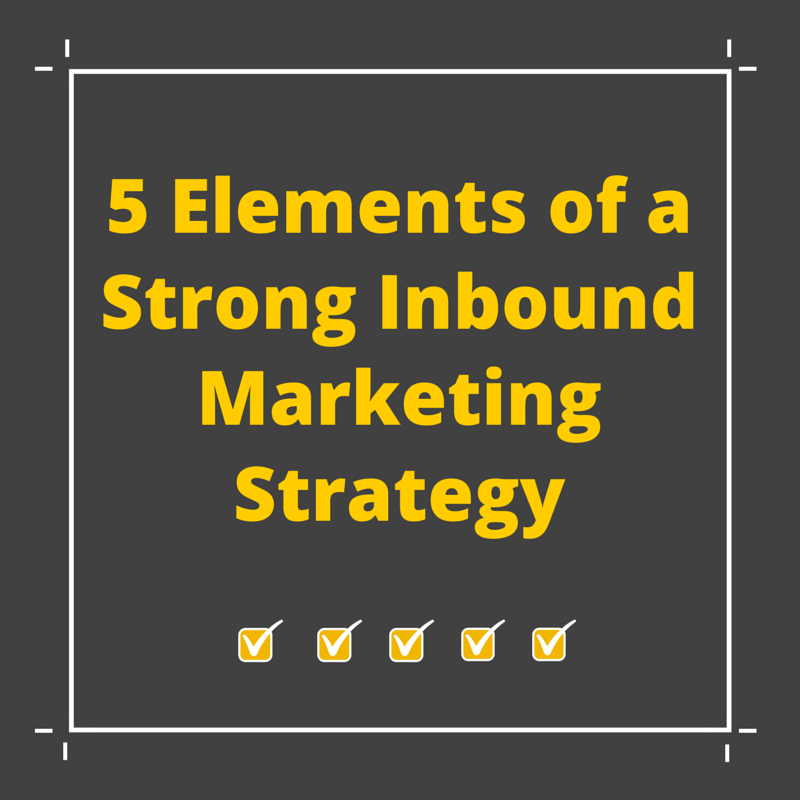
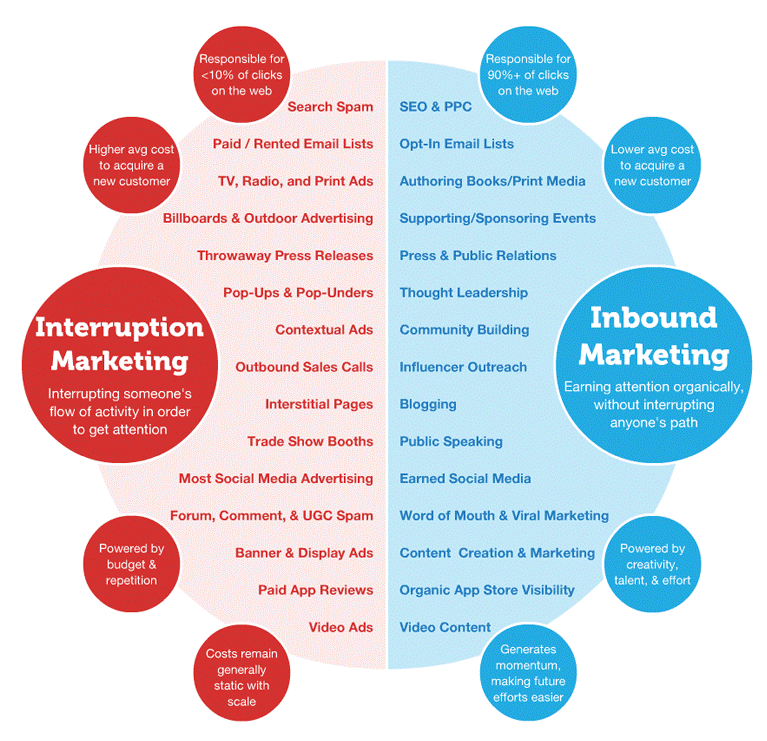
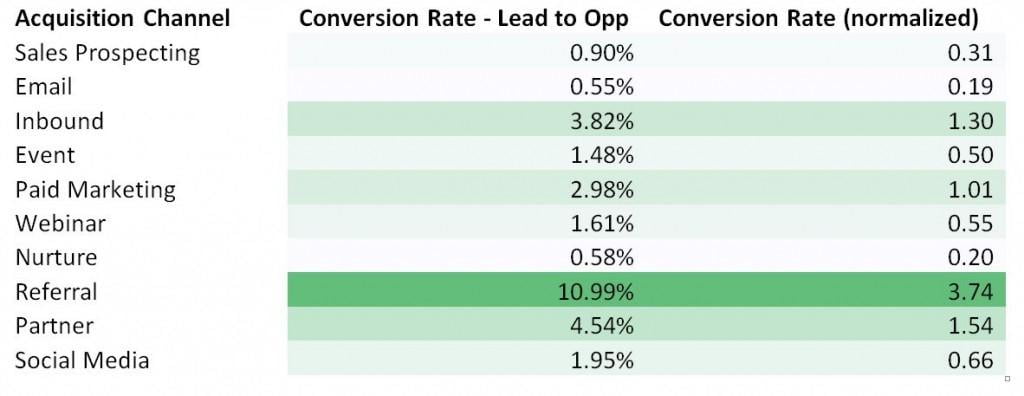
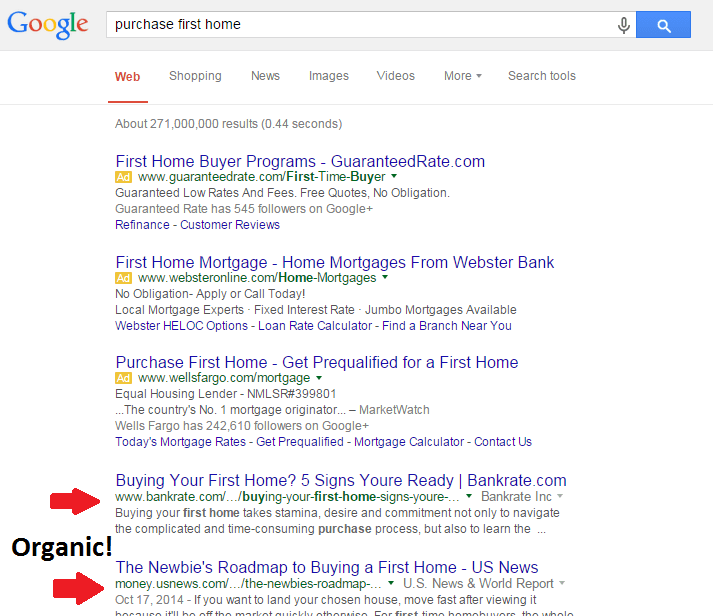
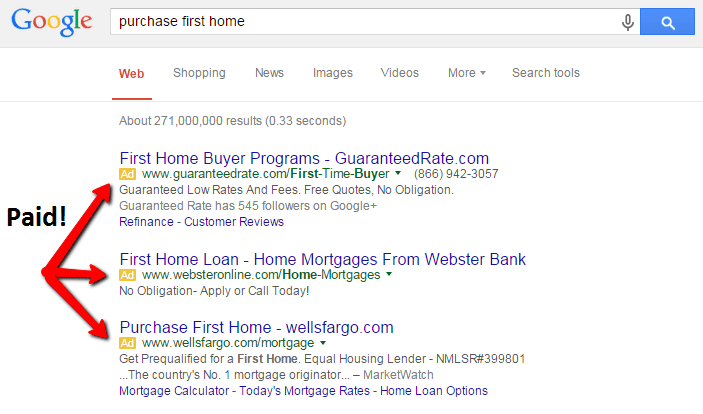
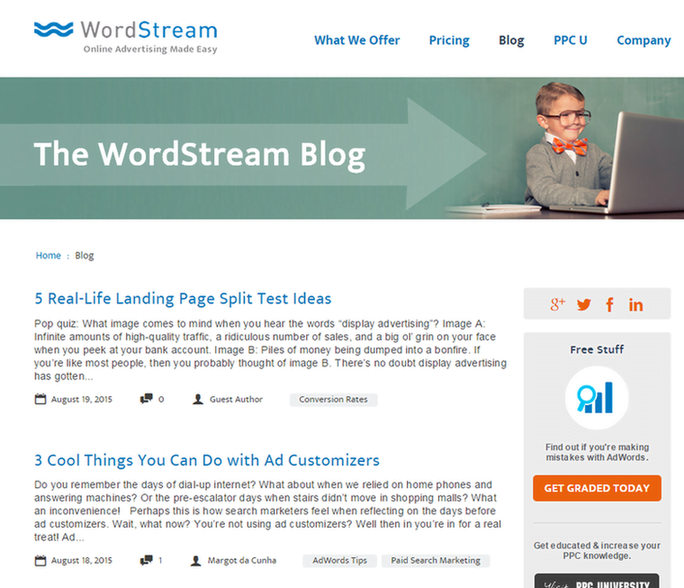



0 Comments